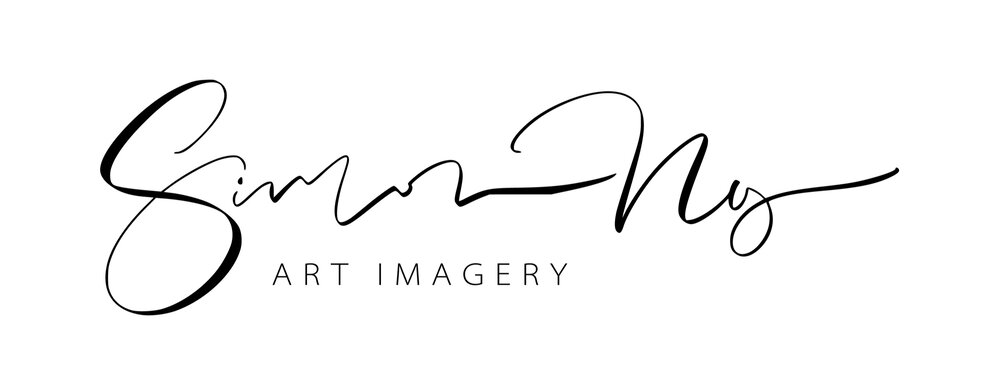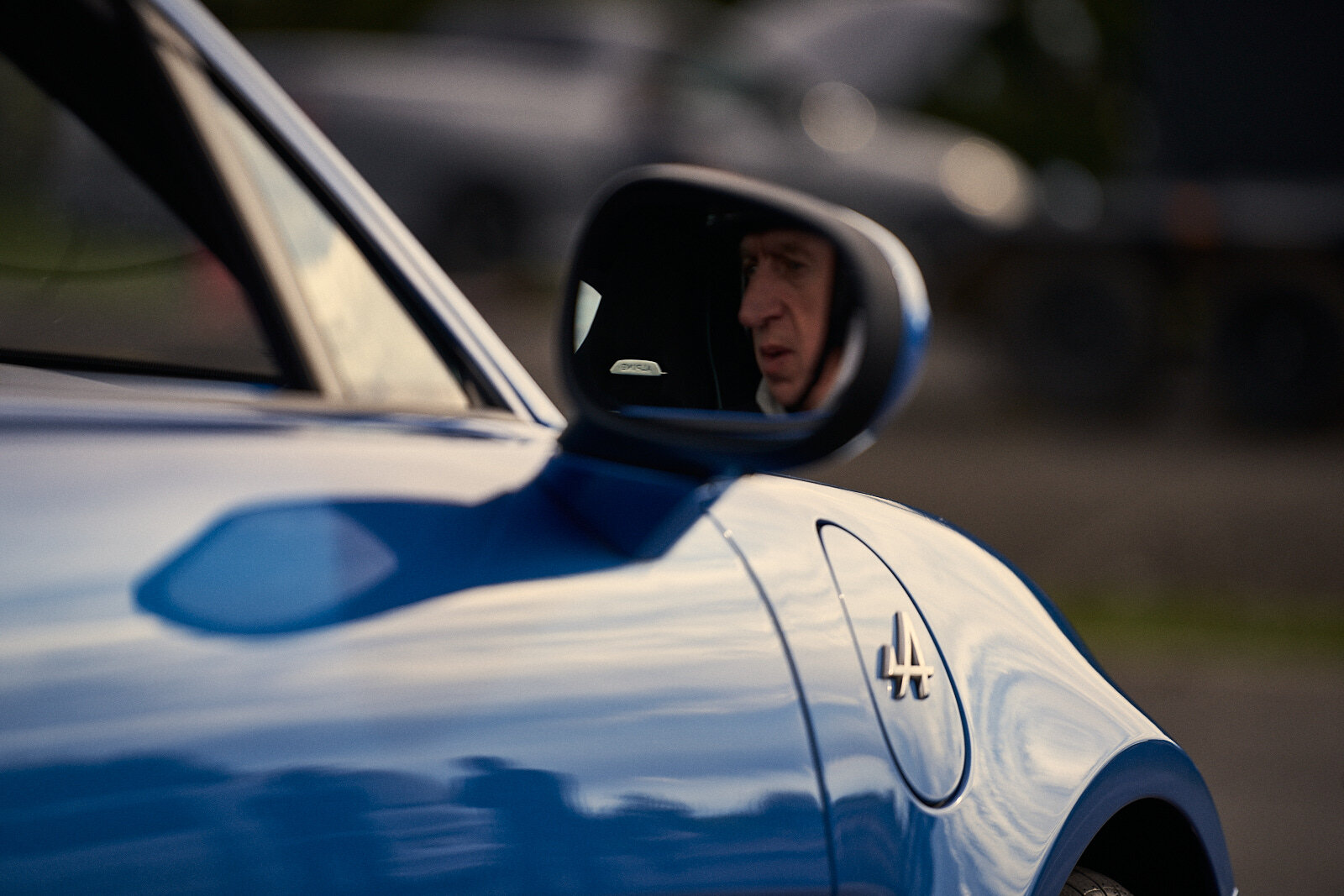Track day. Camera. Cars. What can I say but amazing fun, hair-raising, pulse-pumping driving and one or two absolutely beautiful classics on show, including the original A110 you’ll see featured heavily here, as well as a duck tail 911. I guess this is more an impressions collection than anything else. My first attempt at track footage, so you’ll have to forgive the occasional photographic clumsiness, but it captures the impression I think.
Organised by Steve Pizzati of PilotaSportiva and a popular haunt for the Alpine passionné. To be honest, the A110 was absolutely in its element - light, agile, beautiful balance. I’m kind of hooked. Now I’ve started fiddling with my son’s old GoPro and a track day app. There goes the mortgage.




























